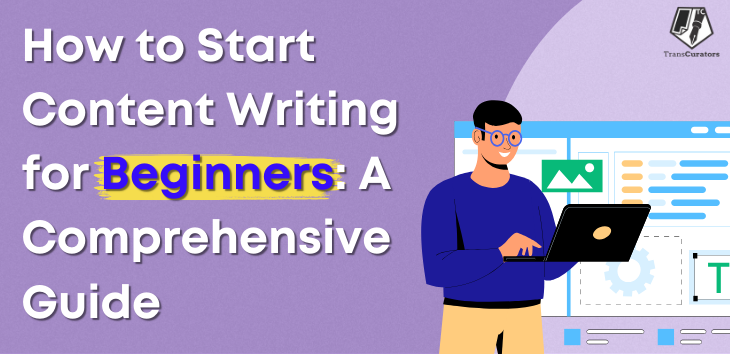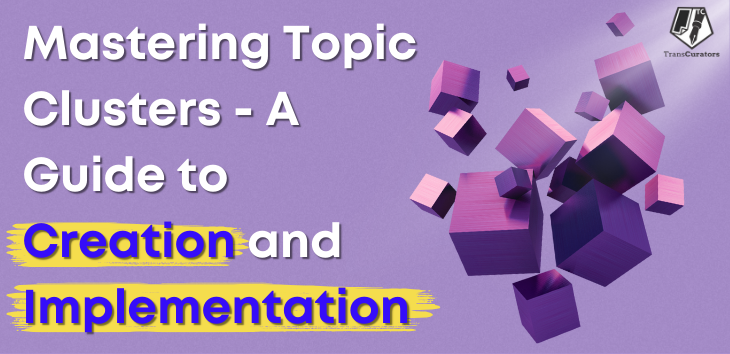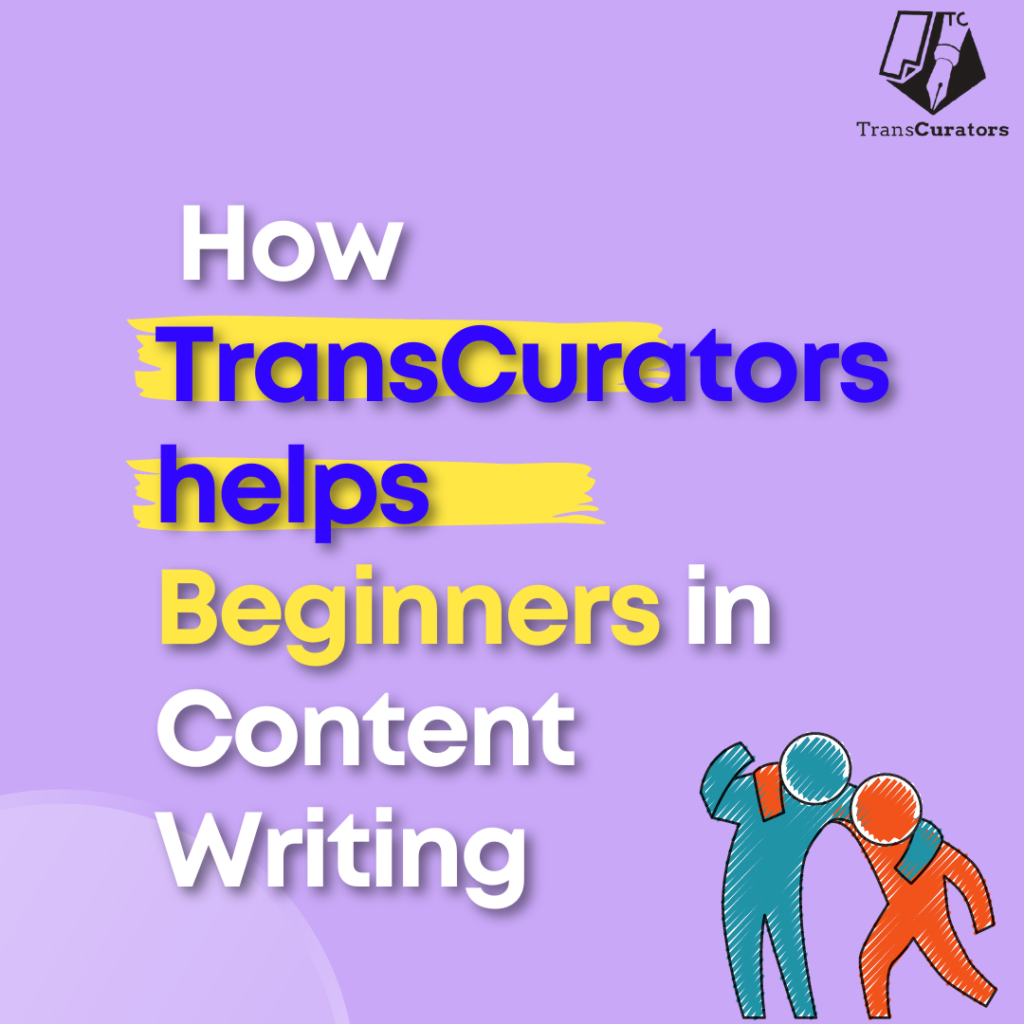What is Content Development: Key Insights and Benefits
In today’s digital world, content is more than just words on a screen; it is the cornerstone of effective communication, the link between businesses and their customers, and an effective tool for engagement and growth. Content development is researching, creating, refining, and maintaining content to achieve specific objectives and attract target audiences. Understanding the technical aspects of content development is critical for any marketer, writer, or business proprietor trying to enhance their online presence. In this blog, we will explore the world of content development and its process and learn about the importance of content development What is Content Development? Content development is the process of creating, curating, and managing various types of content to satisfy the demands and interests of an intended audience. This includes blog posts, articles, videos, infographics, podcasts, and social media updates. Content development aims to provide meaningful and entertaining information that connects with your target audience, encourages engagement, and drives people to action. Content development is a comprehensive approach to establishing significant connections with your audience by constantly delivering substantial and entertaining content. Focusing on your audience’s requirements and interests will help you improve your brand’s exposure, credibility, and overall success. Importance of Content Development Here are several reasons why content development is essential: 1. Establishes Brand Authority You establish your brand’s authority in your industry when you continuously create high-quality, helpful content. People look to your content for answers and information, which builds trust. Over time, trust develops into loyalty. Customers prefer brands that provide reliable and helpful information. This credibility improves your reputation and positions your brand as a leader. 2. Engages the Audience Effective development generation helps you to establish a deeper connection with your audience. You retain and keep their interest by addressing their needs and problems. Engaging content creates an impression of community and fosters engagement. Whether through comments, shares, or discussions, audience interaction can result in stronger relationships and a more loyal following. 3. Drives Traffic and Leads Well-developed content persuades readers to visit your website. By optimising your content for search engines, you can boost its visibility and attract organic visitors. Engaging and valuable content keeps visitors on your website longer, which reduces bounce rates. More significantly, it turns visitors into leads. Your content can entice readers to take the next step by including appealing calls to action and beneficial offers, such as signing up for a newsletter, downloading a resource, or purchasing. 4. Enhances SEO Search engines like high-quality, relevant information. You boost your search engine rankings by developing content that meets your audience’s search intent. This approach includes effectively using keywords, meta descriptions, and internal links. Higher rankings result in higher visibility and organic traffic. SEO-optimised content guarantees that your intended audience finds you when they search for information about your products or services. 5. Promotes Brand Awareness Content development increases your brand’s visibility. You can reach a larger audience by creating and posting content on multiple platforms. Each piece of content acts as a point of contact for potential customers. As more people see and interact with your content, they get acquainted with your brand. Increased awareness can result in better recognition and recall, which is critical for long-term business success. Content development is an intricate process required for any business to thrive in the Internet age. It builds brand authority, engages audiences, generates traffic and leads, and aids marketing and sales operations. Content development is essential for long-term business achievement since it improves SEO, raises brand awareness, and educates your audience. Focusing on exceptional, relevant, engaging content will help your company stand out and connect meaningfully with your target audience. What is the Content Development Process? Step-by Step Content creation is vital for creating meaningful, exciting content that grabs and retains an audience’s attention. This process consists of several crucial steps, each focused on delivering excellent content that fulfils specific objectives. Let’s explore the content development process in detail. Step 1: Ideation and Research The first stage in content development is creativity. You brainstorm ideas that are relevant to your target audience. Consider which topics will be entertaining, appropriate, and helpful to them. Research to make sure that reliable facts and statistics support your ideas. This entails analysing current trends, audience preferences, and competitors’ actions. Use resources such as Google Trends, social media insights, and industry studies for collecting information. Key Actions: Brainstorm potential topics. Research audience interests and needs. Analyse competitors’ content. Step 2: Planning and Strategy Create a content strategy once you’ve written your list of ideas. This strategy defines what content you will create, when it will be published, and how it will be shared. A well-structured plan connects your content to your business’s objectives and audience preferences. Consider developing a content calendar to help you plan your pieces and maintain consistency. Key Actions: Develop a content calendar. Align content with business objectives. Decide on content types and formats. Step 3: Content Creation Content creation is the heart of the process. Based on your plan, start producing the content. This includes writing blog posts, recording videos, generating infographics, or publishing social media posts. Concentrate on providing high-quality content that is informative, engaging and helpful to your target audience. Make sure the content is original and offers a unique perspective or solution. Key Actions: Write, record, or design the content. Ensure originality and quality. Address audience pain points and interests. Step 4: Editing and Proofreading After you’ve written the content, you must modify and proofread it. Editing involves reviewing the content for clarity, coherence, and consistency. Check for factual correctness and make sure the content flows logically. Proofreading is the final step for detecting grammatical, spelling, and punctuation errors. This step guarantees that your content is clean and professional. Key Actions: Edit for clarity and coherence. Verify factual accuracy. Proofread for grammatical errors. Step 5: Optimization To maximise the reach and impact of your content: Optimise your content for search engines (SEO). Use keywords that your target audience is likely searching






